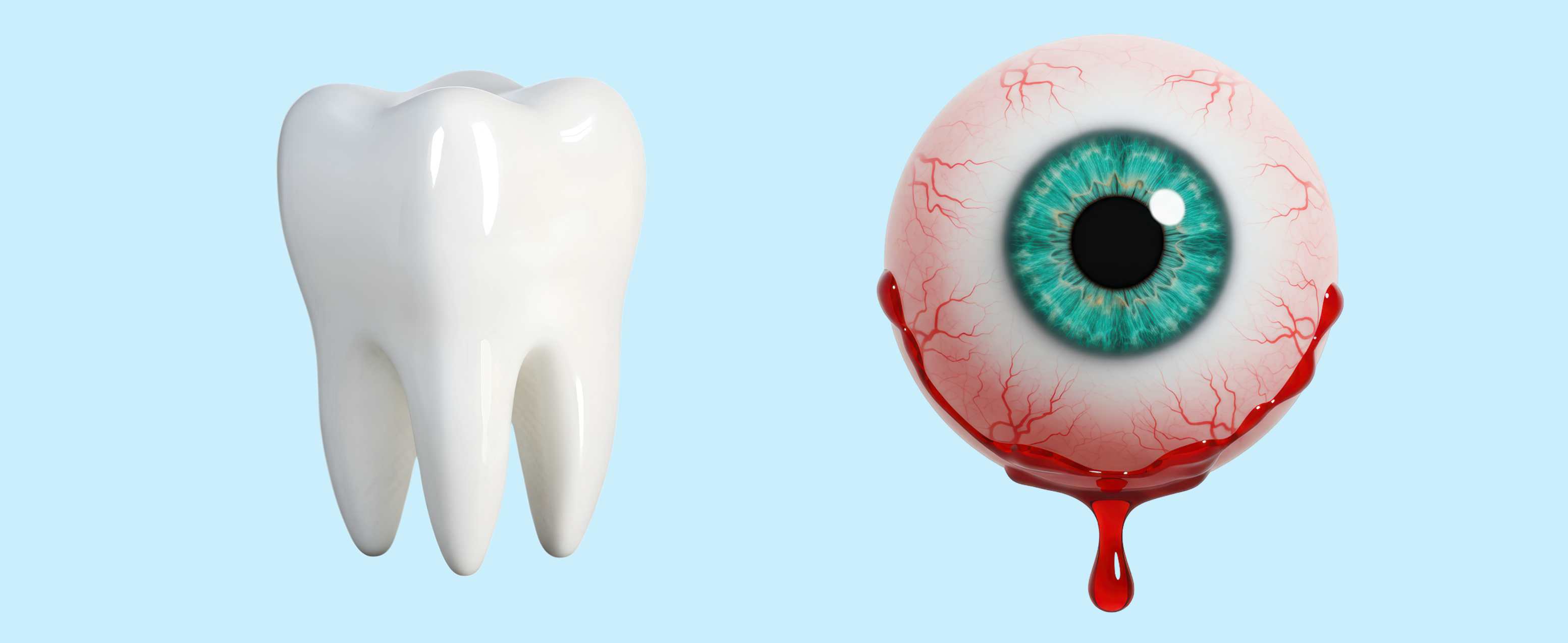|
|

|
*|MC_PREVIEW_TEXT|*
10/21/2025
|
|
IT’S TRAUMA TUESDAY is
a Free Weekly Newsletter
Brought to you by
TCAR
Education Programs
|
|
For nurses and other clinicians
practicing anywhere
along the trauma care
spectrum
|
|
|
|
|
|
Take a quick test of your trauma care
knowledge
|

|

|

|
|
|
|
Article of the Week
Battle of the Blood Gases: ABG vs. VBG
|

|
|
This review compares arterial blood gas analysis (ABGA) and venous blood gas analysis (VBGA) in critical care settings. ABGA remains the gold standard for assessing acid-base balance and oxygenation, while VBGA provides a safer, less invasive alternative—particularly useful for monitoring acid-base status and metabolic function. The authors emphasize key VBGA parameters, including central venous oxygen saturation (ScvO₂) and the venous-to-arterial CO₂ difference (P(v–a)CO₂), which can inform clinical decisions. Overall, the review highlights that understanding the strengths and limitations of each method allows bedside care providers to tailor blood gas monitoring to individual patient needs. Click the link to view the article or watch a short AI-generated article summary (6 min 36 sec).
|
|
|
|
Lee GR. Clinical applications of blood gas analysis: a comparative review of arterial and venous blood gas monitoring in critical care. Acute Crit Care. May 2025;40(2):153-159.
|
|
|
|
Trauma Happenings
POC EEG?
|

|
|
Did you know that non-convulsive seizures are responsible for up to 92% of seizures in an ICU? They often go unrecognized because--instead of rhythmic motor movements--they present as confusion, staring, or delayed awakening. Late diagnosis can lead to lasting brain injury or death, yet the availability of traditional EEG monitoring is often limited, especially in smaller hospitals. Now, rapid point-of-care EEG (POC EEG) provides a practical, bedside solution: it can be used within minutes, offers AI-assisted results, and enables nurses to detect seizures early and respond quickly. By bringing seizure detection directly to the bedside, POC EEG decreases patient harm, streamlines care, and ensures timely intervention for our neurologically vulnerable TBI patients. Learn more from this Emergency Medicine News link.
|
|
|
|
|

|

|
|
The Pediatric Trauma Society's 11th Annual Meeting
|
|
Are you headed to beautiful Austin, Texas, for the PTS conference, November 5-8, 2026? If so, make plans to stop by the TCAR Education Programs booth #13 to say "Hi," ask questions, snap a photo with faculty members, and pick up some of our famous fun badge ribbons.
|
|
|
|
|
|
You can reveal a letter or the entire
word if you get stuck
|

|

|

|
|
|

|

|
|
A Tooth in the Eye? Imagine What That Looks Like on a Radiograph!
|
|
Have you heard of a "tooth-in-eye" surgery? If you said "no," you are not alone. Only a few hundred of these procedures have been performed worldwide. Read about how this unusual surgery helped restore a man's vision after he experienced severe corneal damage. Click the link to this article from Live Science.
|
|
|
|
|

|
|
|
|
|
|
Follow Us
Want to join the trauma care conversation?
Follow Us on Facebook, Instagram, and X.
|

|
|
|
|
|

|
|
TCAR
Education Programs
tcarprograms.org
info@tcarprograms.org
Office: (503) 608-4900
International Toll-Free: +1 800-800-2015
|
|
|
|
Copyright © 2025 TCAR Education Programs. All rights reserved.
You are receiving this email because you opted in by purchasing or registering for a
course or subscribing to our newsletter on our website.
Want to change how you receive these emails?
You can
update
your preferences or
unsubscribe
|